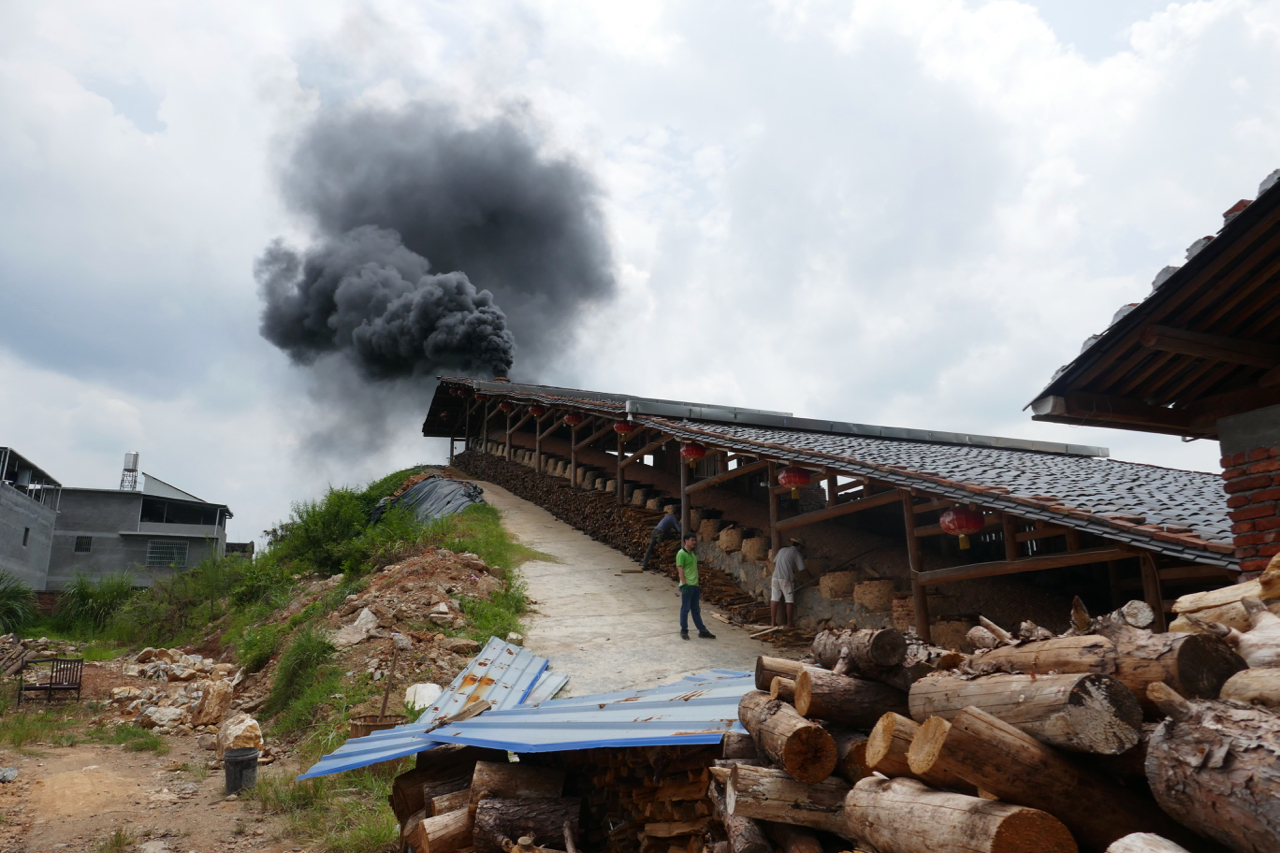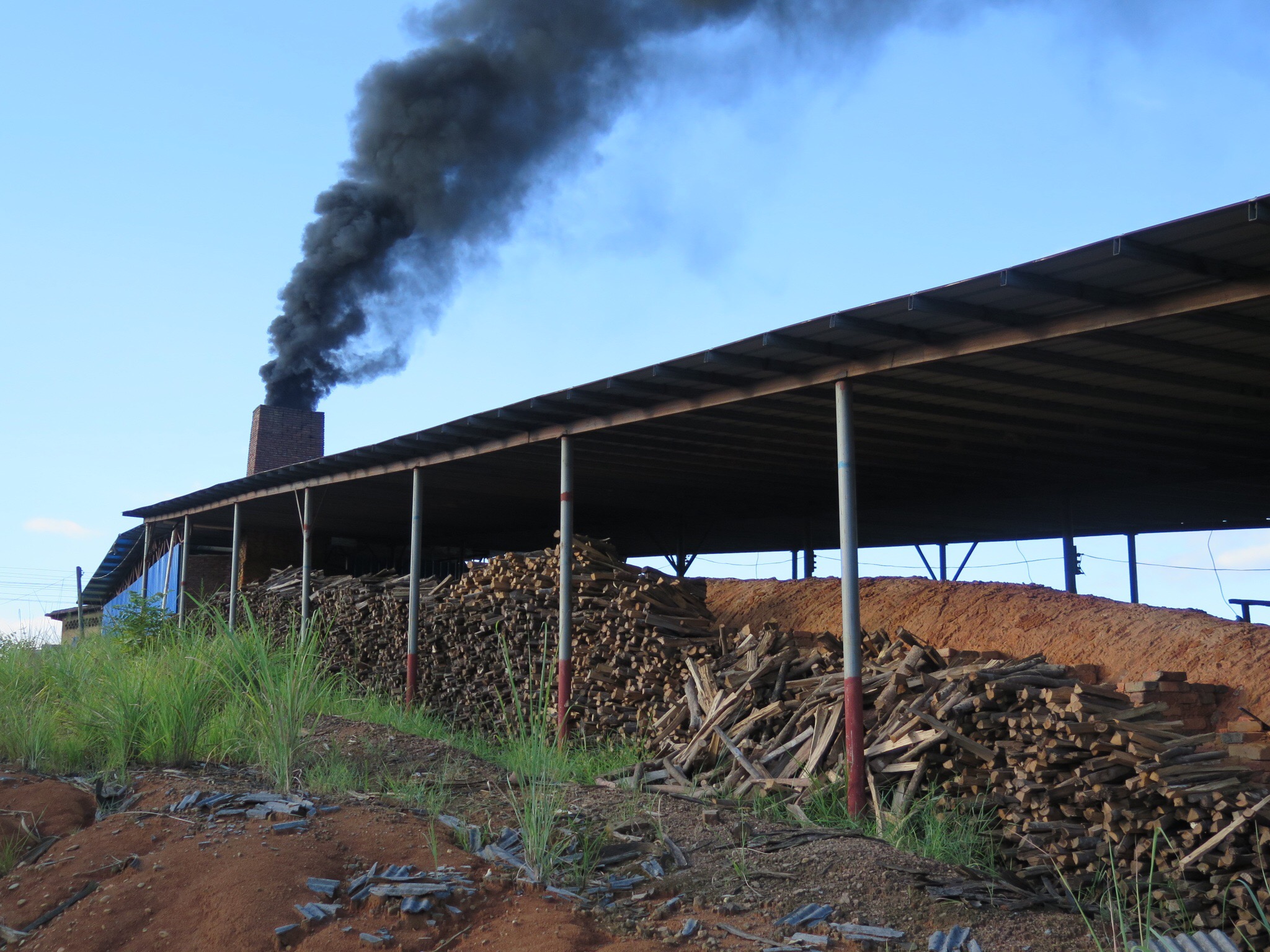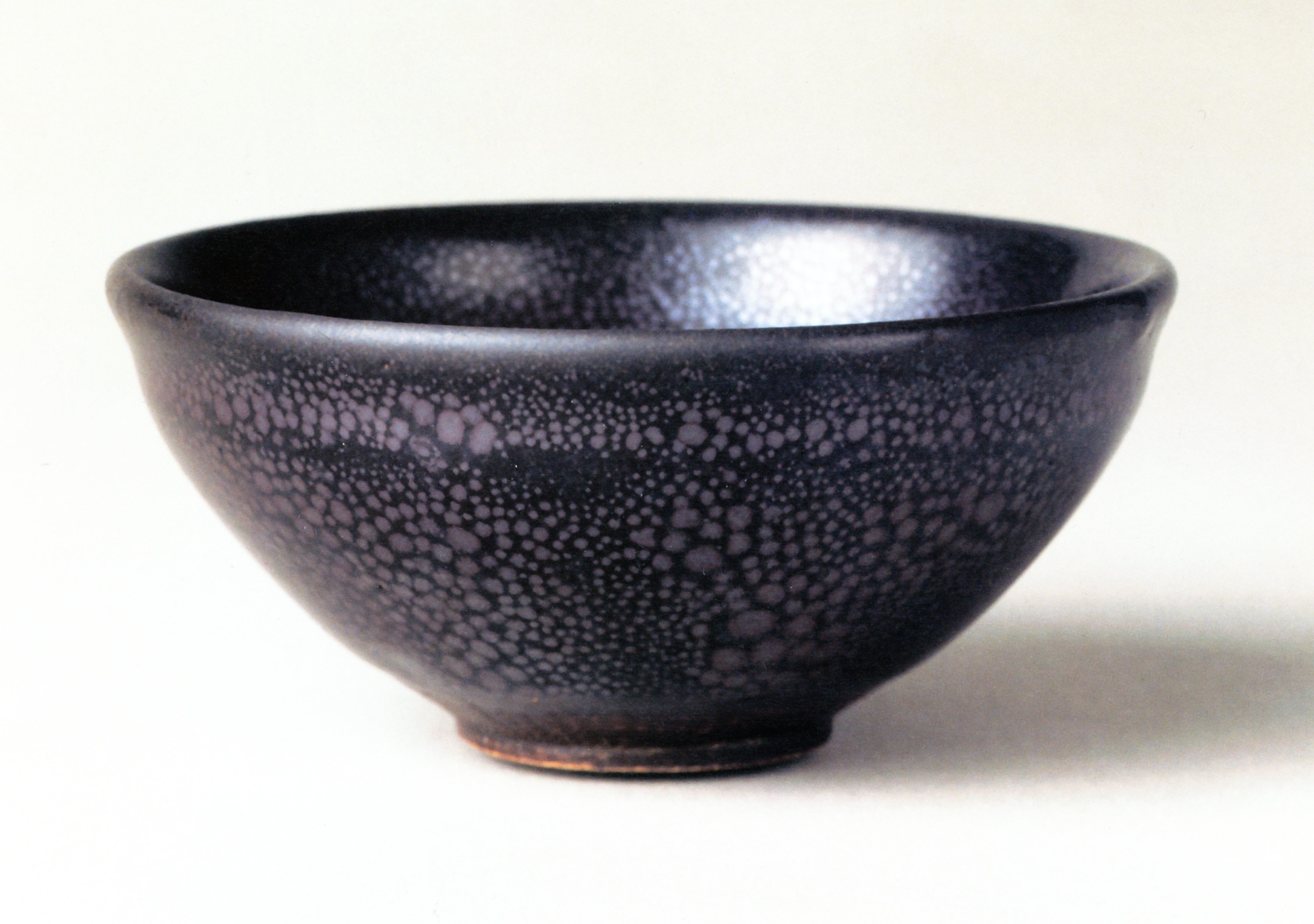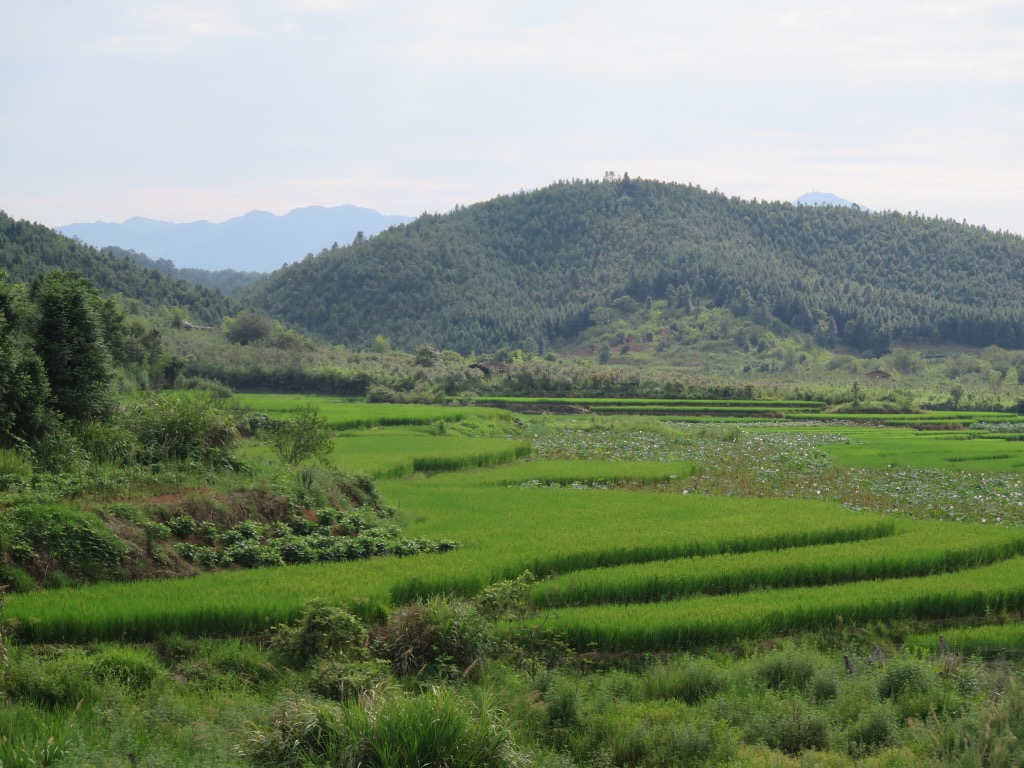 After my last trip to Shuiji and the source of Jian Ware, or as it is known locally Jianshan. The primary focus of this trip was to attend one of the firings of one of the two operational Dragon Kilns in the area. There was a secondary focus and that was on the 600-700 other potters in this small rural town who were producing Jianshan in electric kilns with reduction cooling.
After my last trip to Shuiji and the source of Jian Ware, or as it is known locally Jianshan. The primary focus of this trip was to attend one of the firings of one of the two operational Dragon Kilns in the area. There was a secondary focus and that was on the 600-700 other potters in this small rural town who were producing Jianshan in electric kilns with reduction cooling.
Why Tenmoku?
I came to clay later than most. I was a shift supervisor in a large flour mill and, along with my wife, I went to a local evening college to play with clay. My response to the medium was immediate, and I had no doubt that it was the means for my future creative expression. Four years later I became a full-time Art student at East Sydney Technical College (ESTC now the National Art School, but back then just “The Tech”.)
As a ceramics student in the 70’s we immersed ourselves in the Leach tradition, carting our copy of Leach’s “A Potters Book” with us everywhere. Pouring over every works and every image, debating meanings late into the night. We all came to believe that the standard to which we should aspire were the pots of the Song Dynasty.
The 80th Anniversary of J M Plumer’s Journey to Shuiji Zhen
This Blog was first published on the 27th June 2015 on the 30th Anniversary of Plumer’s Journey to Shuiji.
After my initial literature search for information on Tenmoku glazes it was the James Marshal Plumer’s book”Temmoku” that intrigued me most. Online searches indicated there were only two copies of Plumer’s book in libraries in Australia and one of those was at the University of Sydney. Discovering that fact, I immediately called the University organising for the copy they 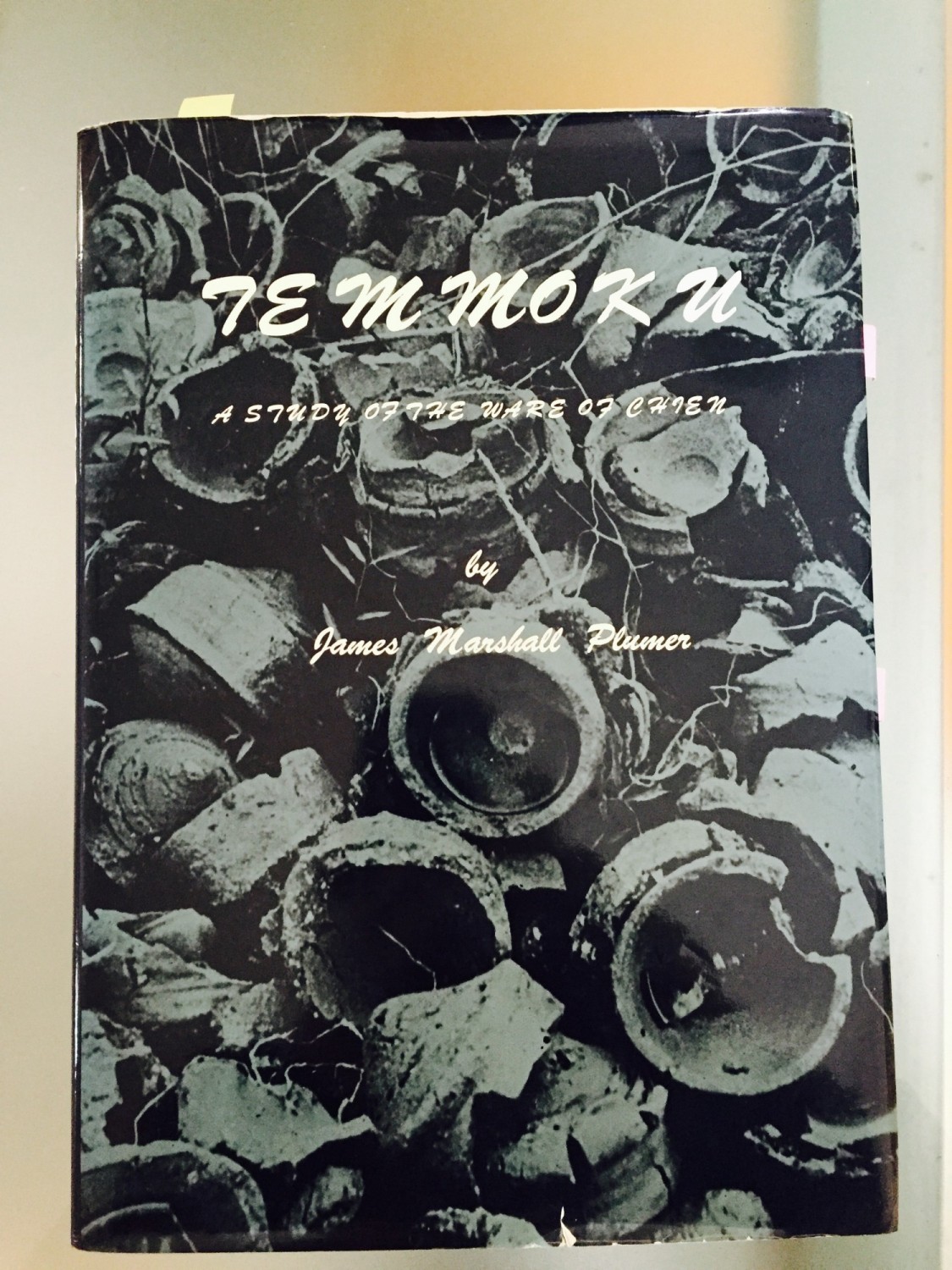 held to be brought out of storage. With nervous anticipation, as I had no idea of it’s contents, only its title, I rode my bicycle to the University of Sydney’s Fisher Library.
held to be brought out of storage. With nervous anticipation, as I had no idea of it’s contents, only its title, I rode my bicycle to the University of Sydney’s Fisher Library.
When I opened “Tenmoku” I felt an immediate rush of excitement, there in front of me was the tale of a journey of discovery by an American adventurer, later professor of Asian Art, James Marshal Plumer, into the wilds of China to discover the source of the Jian Ware. Plumer had been collecting the Black Jian (Chien) teabowls in the 1920s whilst working for Chinese Customs. I spent an hour in rapturous reading, getting more and more excited and I decided that I would trace his steps and discover for myself what it was that gave Jian Ware its uniqueness? I scanned the book and I left elated; my El Dorado on a USB stick in my pocket.
Continue reading “The 80th Anniversary of J M Plumer’s Journey to Shuiji Zhen”
